by Ken Gargett
Why is it that Chablis never seems to get the love it deserves? Why do so many wine lovers, even those who buy and drink Chablis wine, often dismiss it as merely a little sibling of White Burgundy or some sort of curious offshoot?
Doubt me? Try and find vintage charts for the region. Sure, they exist. But normally they are simply subsumed into Burgundy.
I have mentioned various themed wine lunches with good mates in past columns. A recent theme was “French whites, Grand Cru level.” For some, that meant a top White Burgundy and a horsewhipping for anyone venturing beyond the boundaries.
Others ventured further afield, risking the grumblings, and shared some of the greatest from Alsace or even an aged Vouvray.
I had a magnum of Chablis from a top vintage, from the finest of its appellations, Les Clos, I was keen to try. But I was not game just to bring it on spec. I sought permission from our organizer who happily granted it.
Fortunately, the wine drank wonderfully well. A couple more might be left in the cellars for extended aging, but this was a fine time to open it.
Surely Les Clos, and indeed any Chablis Grand Cru from a top year, should be the proverbial lay down misère in the great wine stakes. Perhaps the disdain comes from New World regions blatantly stealing the name for use on a range of whites from high-quality Hunter Semillon to rubbish in casks (wine in a box).
It became the name for any nebulous wine produced anywhere. This was one of the most egregious examples of usurping a name/identity the wine world has experienced.
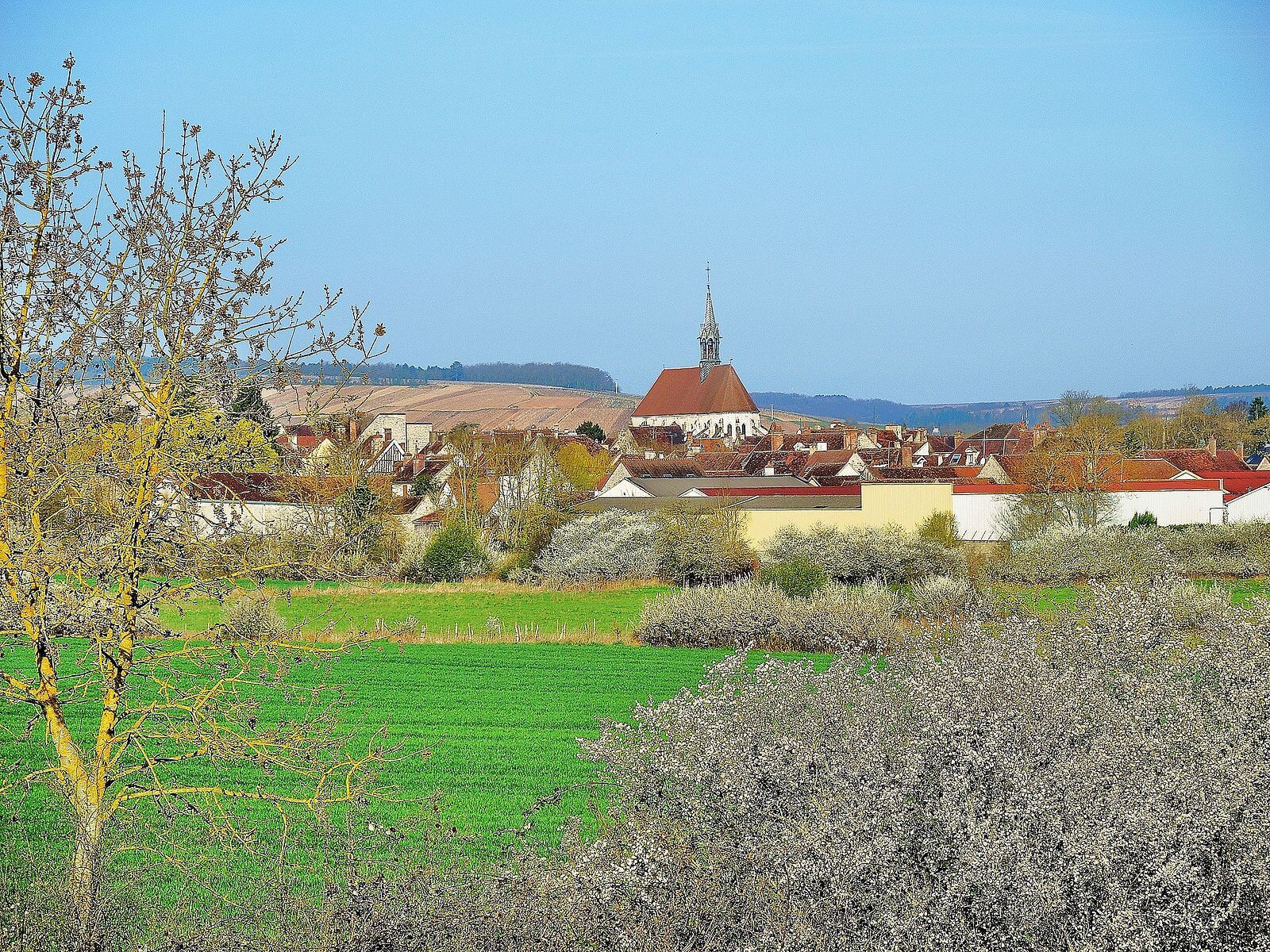
Village of Chablis, France (photo courtesy Espirat/Wikipedia Commons)
The Chablis region
Technically, Chablis is considered the most northern part of Burgundy for whites, but in fact, it is much closer to Champagne than it is to Burgundy. Both regions use Chardonnay. Centered around the town of Auxerre in the department of Yonne, the appellation was created back in 1938 with vineyards along the lovely Serein River. It really should be a must-visit for any wine lover.
Vines have been grown here since Roman times, but cultivation took off in the twelfth century with the Cistercian monks from Pontigny Abbey. It has long been internationally popular. Even Leo Tolstoy makes mention of it in his novel Anna Karenina, noting that “classic Chablis” was a commonplace choice of wine.
The key to Chablis is the Kimmeridgian limestone/clay that forms the substrata for the region. Laid down back in the Jurassic era, some 150 to 180 million years ago (depending on your source, but after all, what is 30 million years between friends), it consists of innumerable minute fossilized oyster shells – this was a time when Burgundy was under the sea. The total area of Chablis is 6,834 hectares, of which 4,820 are under vines.
The wines are ranked slightly differently to most regions. There are four levels, which form a sort of pyramid.
At the base, Petit Chablis (this appellation was not designated until 1944). Above it Chablis, which accounts for the majority of all Chablis produced.
Then we move to the Premier Cru Chablis with some 40 climats, though less than half of those offer wines upon which most focus.
Premier Cru Chablis totals around 15 percent of production from 779 hectares. Good examples will age well for at least five to ten years. The best Premier Cru vineyards are those on the right bank surrounding the vineyards designated as Grand Cru.
Some of the most highly regarded Premier Crus are Fourchaume, Les Fourneaux, Montée de Tonnerre, Mont de Milieu, Butteaux, Vaillons, Vaucoupin, and Montmains.
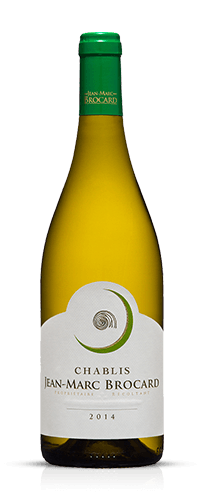
Jean-Marc Brocard Chablis
Chablis Grand Cru
Which brings us to the peak of the pyramid, the Grand Crus. These wines form just one percent of Chablis’s production – or three percent, depending on your source – from 101 hectares.
It consists of just seven climats – Blanchot, Bougros, Les Clos, Grenouilles, Preuses, Valmur, and Vaudésir. These wines can easily enjoy a couple of decades in the cellar. As well as the region’s typical flintiness and minerality, they exhibit a level of richness rarely seen in other wines from the region – or anywhere else.
The vineyards sit some 150 to 250 meters above sea level, facing southwest. It is believed that back when the Cistercians of Pontigny started cultivation in the region, they focused on what is now Les Clos. Clearly, they were no fools.
Chablis can be a region that suffers from the cold (and hail – like in 2016), although climate change is reducing that. Frost is a major concern. Indeed, frost reduced the 1957 crop to a meagre 132 bottles for the entire region.
Specific areas for the Grand Crus are Blanchot at 12.39 ha; Bougros at 15.79 ha; Les Clos at 28.39 ha; Grenouilles at 9.38 ha; Preuses at 11.43 ha; Valmur at 11.04 ha; and Vaudésir at 14.49 ha. General consensus always has Les Clos as the leading Grand Cru.
One important distinction for Chablis as compared to Burgundy and other regions is the use, or non-use, of oak. Indeed, there were urban myths that there was no oak at all in Chablis. Not so, of course.
There are some producers who like the pure expression of the fruit, with its pristine acidity and minerality, preferring to use stainless steel (Brocard, Regnard, and Louis Michel are often put forward as examples).

Raveneau Chablis Premier Cru Butteaux 2017
Plenty of others stick with oak. William Fèvre, Laroche, Raveneau, and Dauvissat are examples here. Most of the lesser styles see only stainless steel. It is with Premier Cru and Grand Cru Chablis that we most often see the use of oak.
The wines of Chablis vary throughout the different levels of the pyramid and also from maker to maker and different vintages.
In general, they are seen as racy styles, exhibiting minerality and a steely flintiness, which is sometimes referred to as goût de pierre à fusil, apparently meaning “gunflint.” They occasionally offer a character not dissimilar to biting into a crisp green apple.
The better wines tend to richer and slightly more rounded styles. As they age, they provide more stone fruit, nuts, and even a touch of honey. Some offer a touch of mushroom. The flintiness exhibited by good Chardonnay seems unique. No other region comes close to replicating it. Terroir in spades.
Best producers? As always, there is very much a degree of “eye of the beholder” in all this. Personally, I have always loved Raveneau, but these are truly idiosyncratic wines, instantly recognizable. As has been said, they are “Raveneau before Chablis.” Richer, more honey, more complex than most. Every cellar should have Raveneau representation, especially if one wants to age Chablis.
William Fèvre, now under new ownership, has come in leaps and bounds. Many see Vincent Dauvissat as the closest to pinching Raveneau’s crown.
Billaud-Simon has many fans, but I have not tasted enough to make any serious judgement, though nothing I have tasted would suggest the hype is not deserved.
Brocard is a formidable producer. Christian Moreau and Louis Michel produce Chablis that may just be the most “Chablis-esque” of all, if that makes sense. Pinson, Dampt, Poitout, Defaix, and Servin are also serious producers.
Pricing? Once seen as a great bargain, Chablis is still terrific value – especially as White Burgundy has been such a lottery over recent decades, though prices have definitely been on the upswing. Raveneau has seen massive hikes, but it is truly great wine.
Recent Chablis vintages
A superb vintage is 2010, one that will age – and is aging – brilliantly. But if you are drinking these wines from your cellar then you need little assistance from me. You know your stuff. Concentrated, high acidity. Great year. It followed on from the wonderful 2008 vintage.
The 2011 is softer and probably worth drinking now.
Another classic vintage is 2012, though it may not have got its deserved accolades, squeezed in between 2010 and 2014. Concentration and balance here.
Two thousand thirteen was broader, a little underwhelming and definitely one to drink, not keep.
As mentioned, 2014 was a star. Powerful, yet pure. Wines for the long haul. This was a year where the characters of each climat shone through. In other words, if you want to see the terroir of Chablis, get on board, if you can find any. Put simply, a classic.
Another that probably didn’t receive the respect it deserves is 2015. More approachable than ’14 but good concentration and pure fruit.
Hail caused some issues in 2016, though the wines are now exhibiting a greater level of quality than originally anticipated. That said, when winemakers start throwing around terms like “challenging” and “overcoming incidents,” don’t get carried away. There will be better options.
In the pantheon of great years, 2017 holds a special place. In the last few years, if you are a Chablis fan and you didn’t fill your boots with this great year, may I politely ask why the hell not?
A classic year and one with great concentration, purity, and balance. They will age superbly. Low yields, and this is the problem – overall, a small vintage. The word “exceptional” is thrown around a bit much, but here it seems completely warranted.
In 2018 it was another fine, indeed generous, year but perhaps a smidge pedestrian when compared with its predecessor, though the good wines offer richness. It always seems a bit harsh to condemn a year because another exceeded it, but that is the way of the world.
What has been interesting, perhaps condemning, is that many feel that this is a year in which the wines are more Chardonnay than Chablis. This should not put you off buying them as the best are very fine.
It is too early for me to be offering a personal view on 2019, but the reports suggest enviable concentration. They seem to be a step up on the 2018s and should have a significantly longer life.
The 2020 vintage is even younger, of course, and it is impossible to be definitive, but the reports are not discouraging. An early vintage, and one that looks like it might be, as they say, classic.
Chablis is always a fine food wine. Seafood is an obvious option, especially oysters and other shellfish. The Grand Cru wines are known to work very well with a range of dishes from foie gras to snails and andouillette, though lobster is always a classic.
No matter where Chablis sits in your perception, it should not be ignored or treated with the contempt of familiarity. Chablis is one of the world’s great white wines.
You may also enjoy:
Glorious Burgundy Is Experiencing An Unprecedented Golden Age Of Fantastic Wine Vintages
Trimbach Clos Sainte Hune: The World’s Best Dry Riesling
Château d’Yquem: Paired Years Elevate The World’s Best White Wine For A Simply Magical Experience
Leave a Reply
Want to join the discussion?Feel free to contribute!






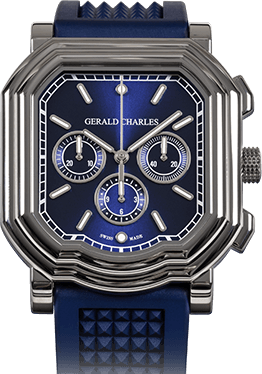
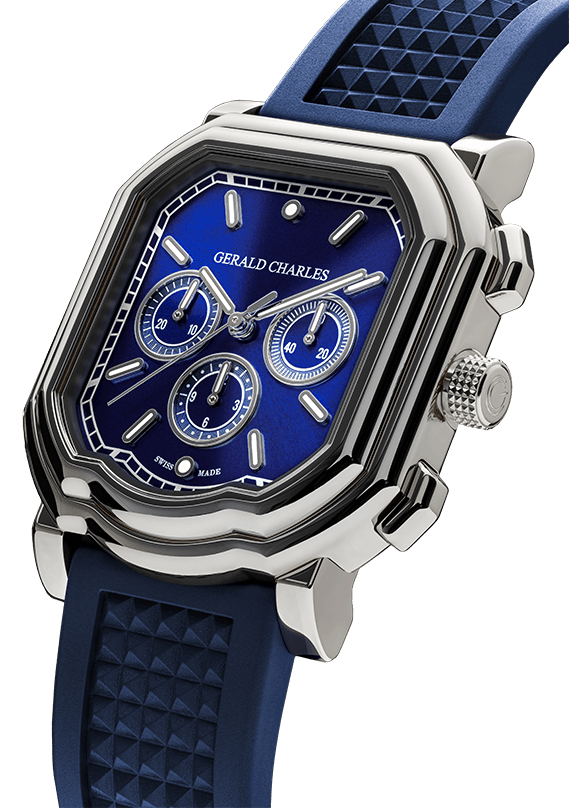

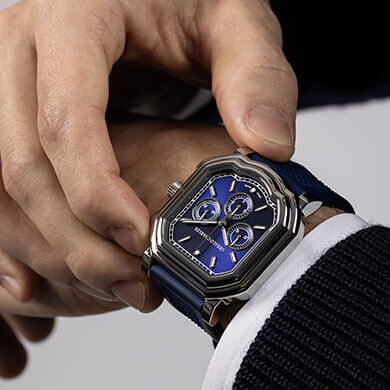






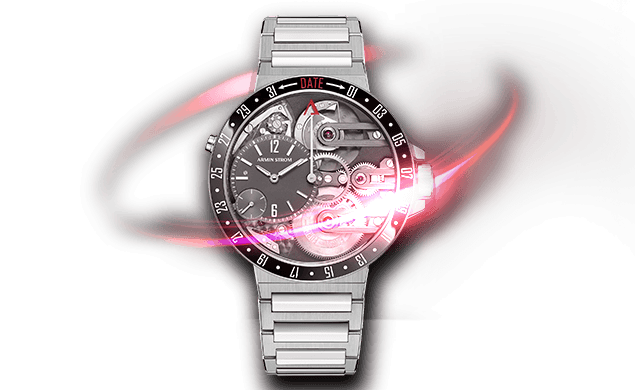
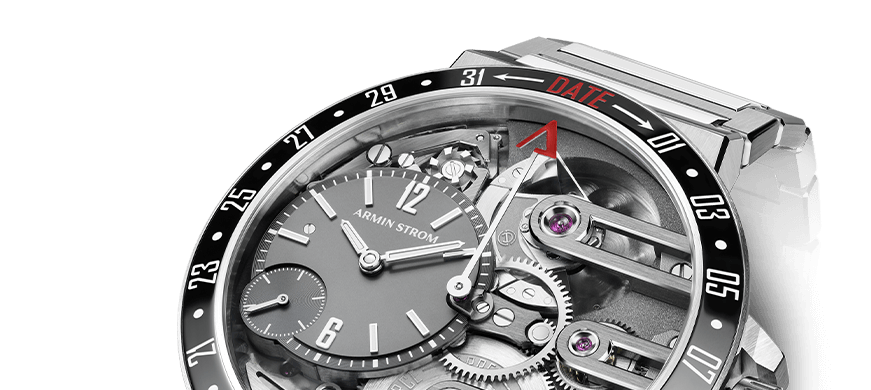
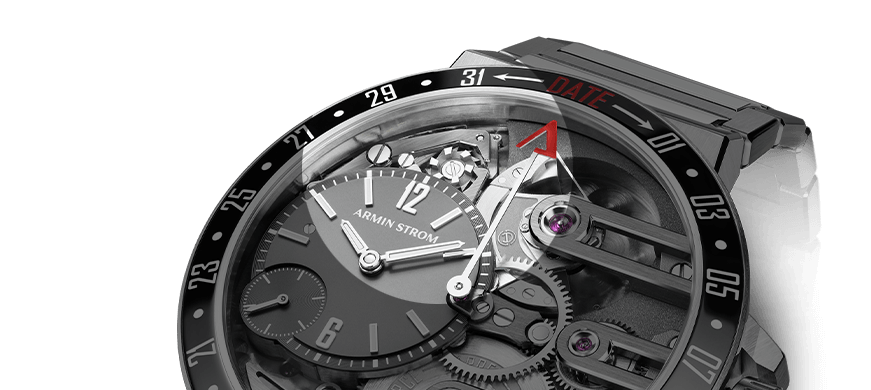


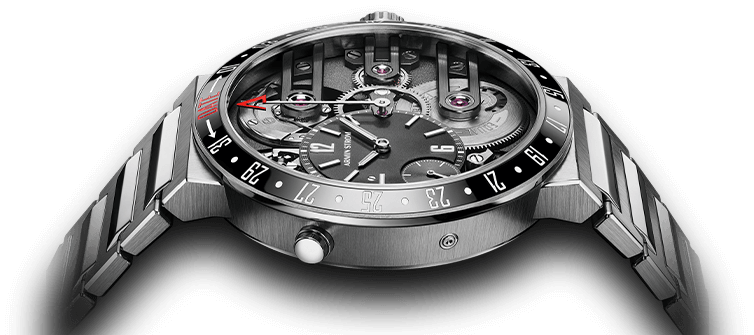
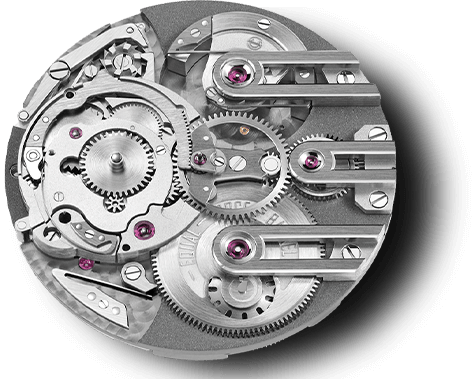


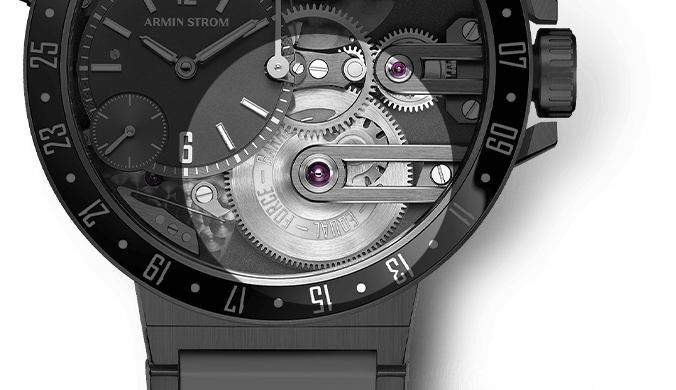


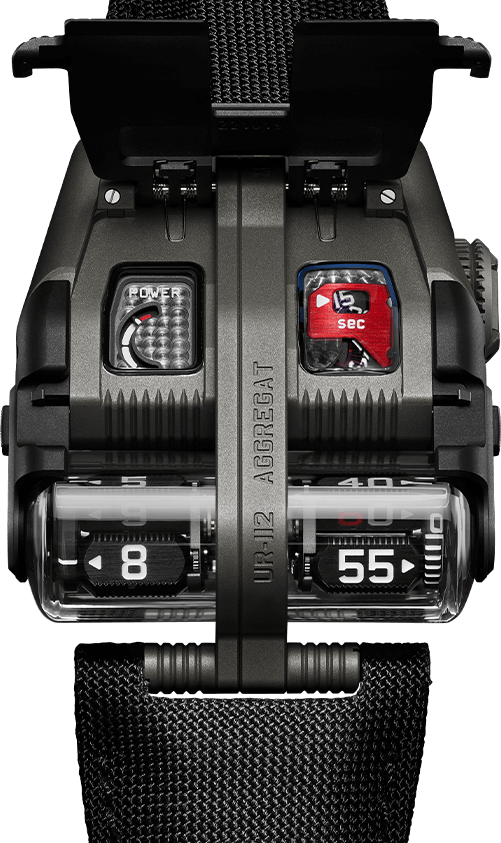

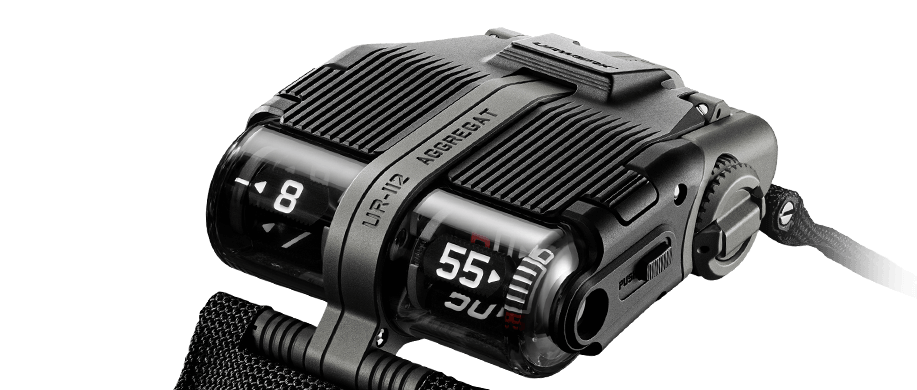
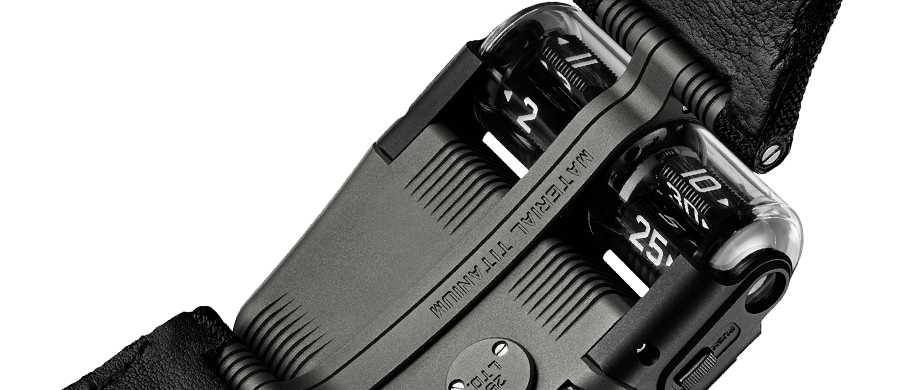
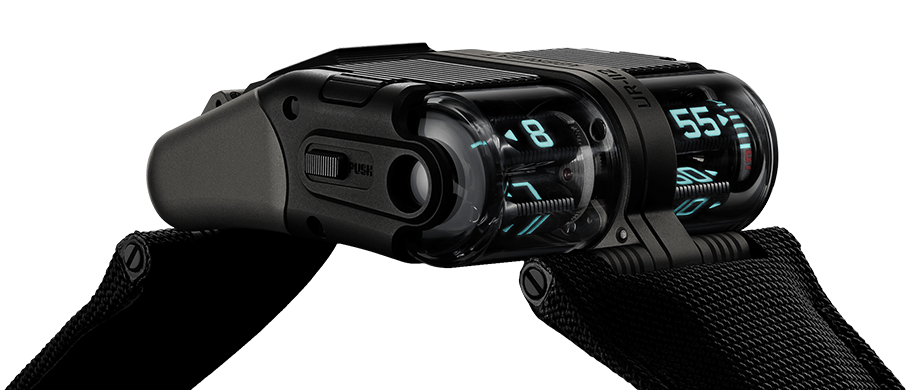


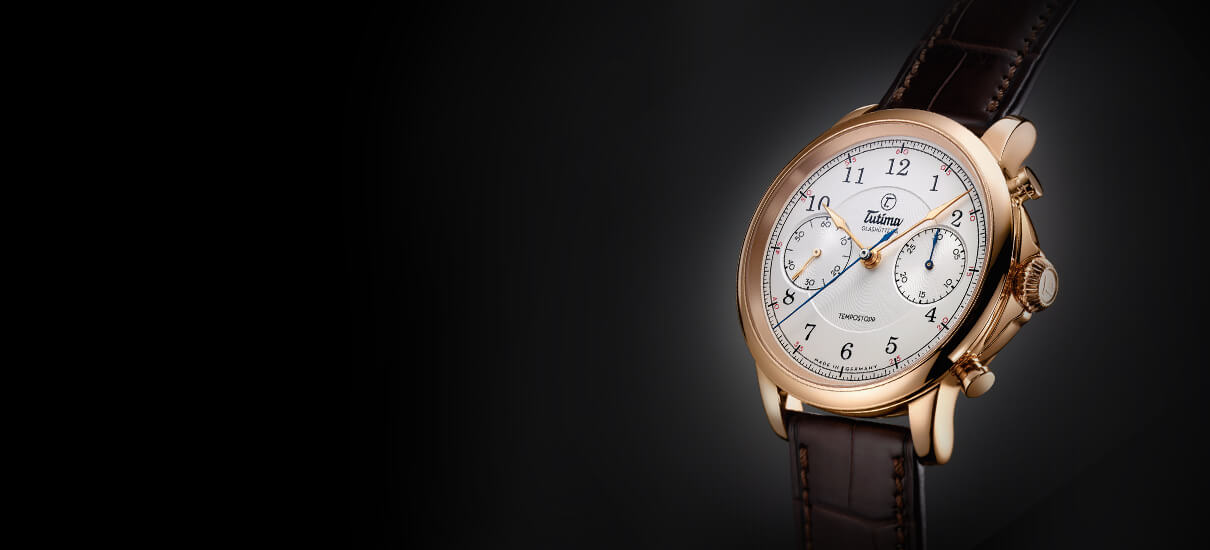

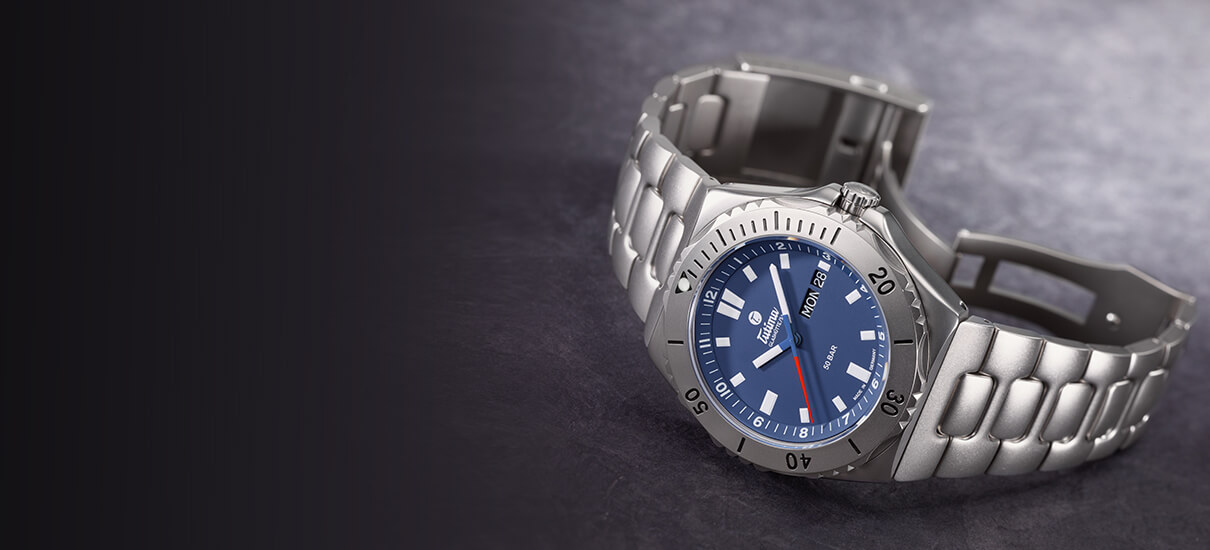

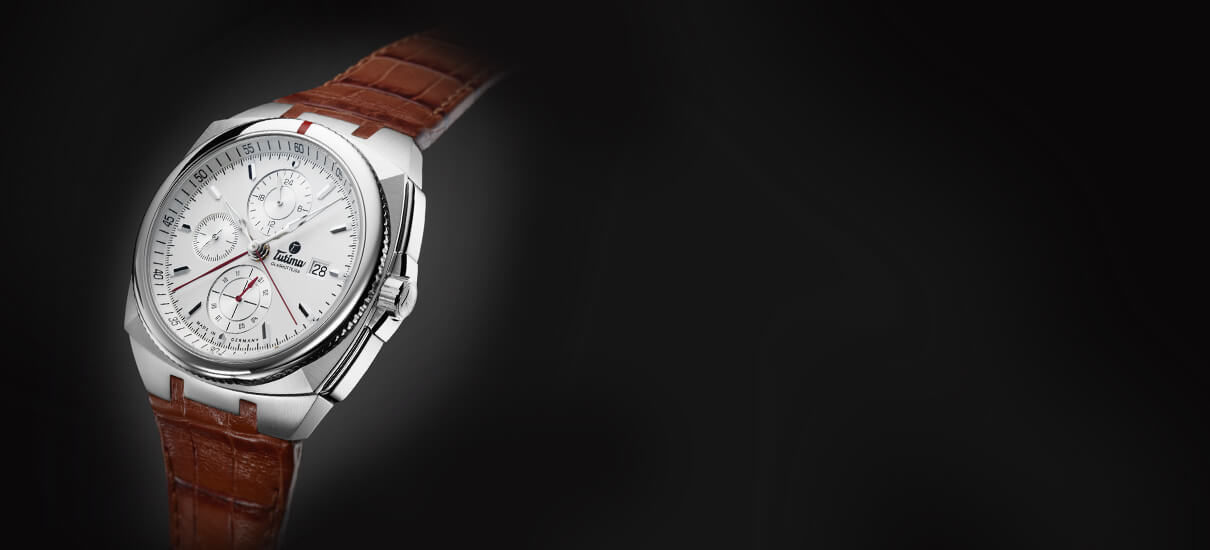

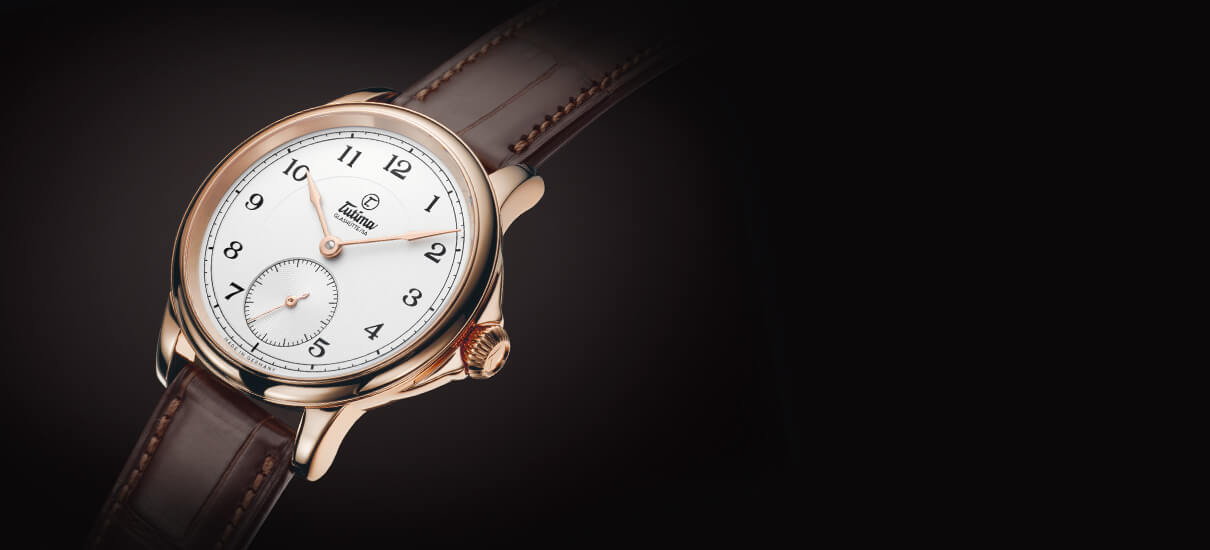

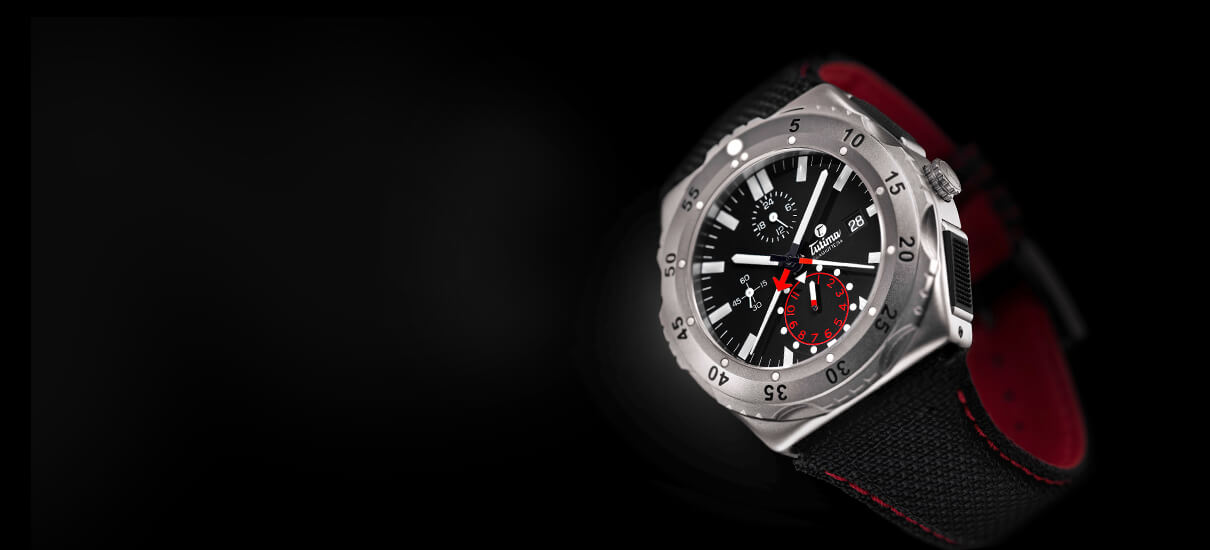

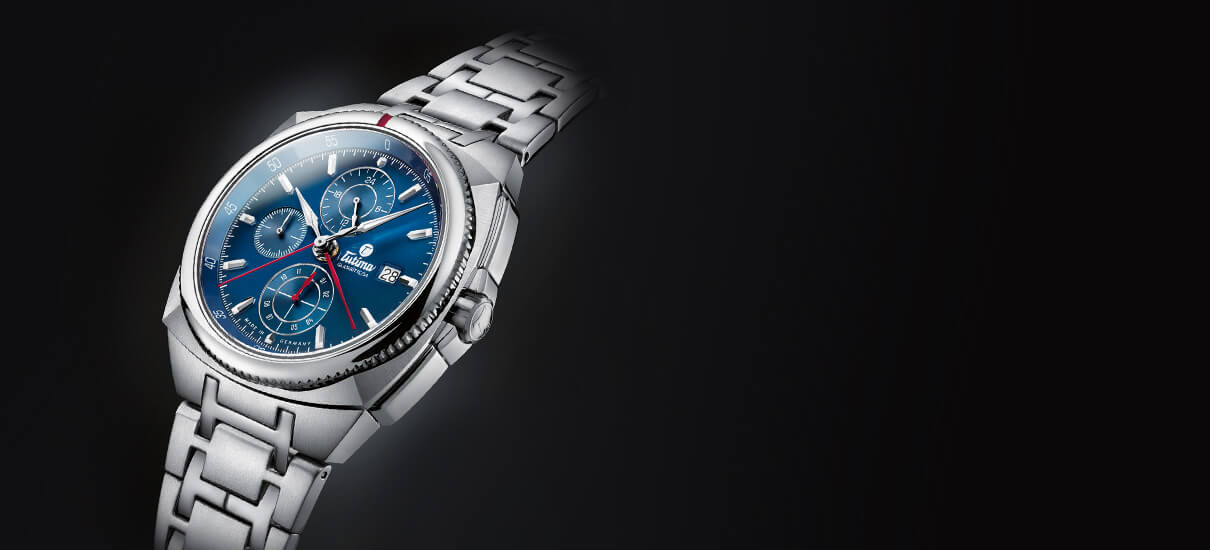

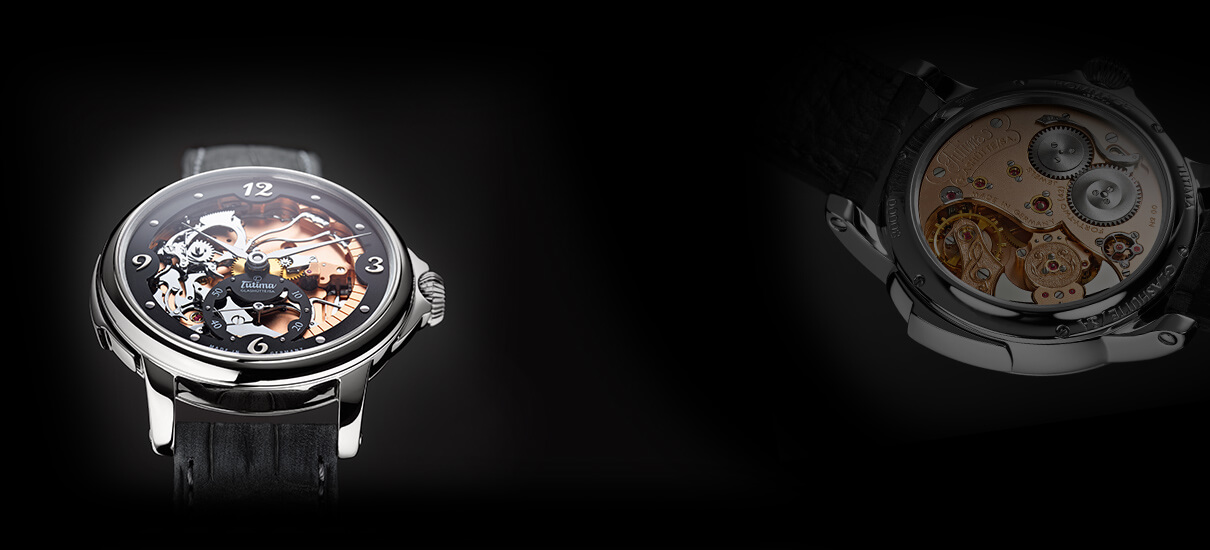



In my book a great wine, Domaine Dauvissat has been resting for years in my cellar, since it keeps so well.
Great article, love the wine & watches combination!
Thanks, Werner. Those Dauvissat will more than reward time in the cellar, I’m sure.
The region shares indeed characteristics with Champagne. When trying still wines from Grower champagne Diebolt-Vallois, the first thing that came up to me was that I could swear I was drinking young Chablis. Chablis shares taste aspects with blancs de blancs champagne. So for those loving champagne, it’s a must try
Hi Werner. Spot on with that comparison. When you taste the base wines that they blend for champagne, plenty of acidity, intense but not obvious flavours. very much in common with young Chablis, especially those from stainless steel and not oak.
I must have come up in different circles. Chablis is thee default good crisp white where I’m from. And I had no idea the name had been stolen!
Thanks for the comments, Tam. I think it was because it was a decent default crisp white that many producers took the name for their wines. Only when label integrity programs were introduced did the practice stop.